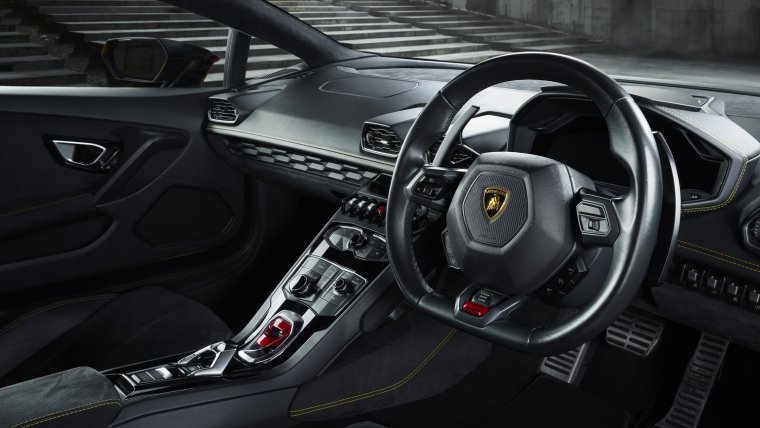
In this latest installment of my Photographer Focus series, I talk with Jonny Wilson Photography. A great commercial photographer who spends a lot of his time photographing watches and other products within his own studio.
Table of Contents
I am a product photographer based in Birmingham within the United Kingdom. Recently graduated from Birmingham City University which was an amazing place for me to develop my skills and work on my decision of which area of photography I wanted to go into. I have a very meticulous and thorough personality and the precise nature of product photography works fantastically with this. It really allows me to work on getting the exact image that I want.
I was given my first camera by my parents for my 12th birthday. I have no idea what made me want one but I regularly look back and think how lucky I was to be given one at that point of my life.
It was an early birthday present too so that I could take it away with me on a three week trip around California. I just photographed everything and I 100% fell in love with photography on that holiday. I vividly remember standing at Tunnel View in Yosemite and learning about who Ansel Adams was and what he did with his photography. Something about that holiday got me hooked on photography. And I am glad it did!
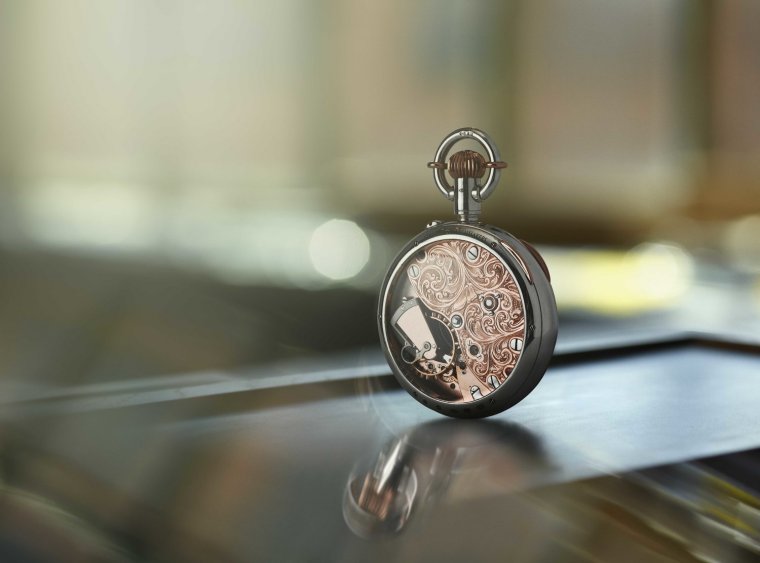 What was your first camera?
What was your first camera?A Nikon D40x! What a throwback. It’s funny though. The more professional cameras look far more confusing with all the extra buttons and wheels, but they are so much easier to use. I still have the camera actually, I look at it fondly whenever I see it. That was the start of so much for me.
I still use Nikon if I have a shoot that I need a fast-paced camera for. I have a Nikon D810 now though. Slowly built up the kit with that one lens or body upgrade at a time.
For most of my product shots though, where I can take my time and be a little bit methodical with everything, I have a Phase One camera system with an IQ140 digital back. The difference in quality from a full-frame up to a digital medium format sensor is immense. I haven’t tried it but I don’t think I could have successfully managed my watch movement photos without my PhaseOne. The quality allowed me to really capture all the details I needed, such as the tiny screws used that were a fraction of the size of my finger.
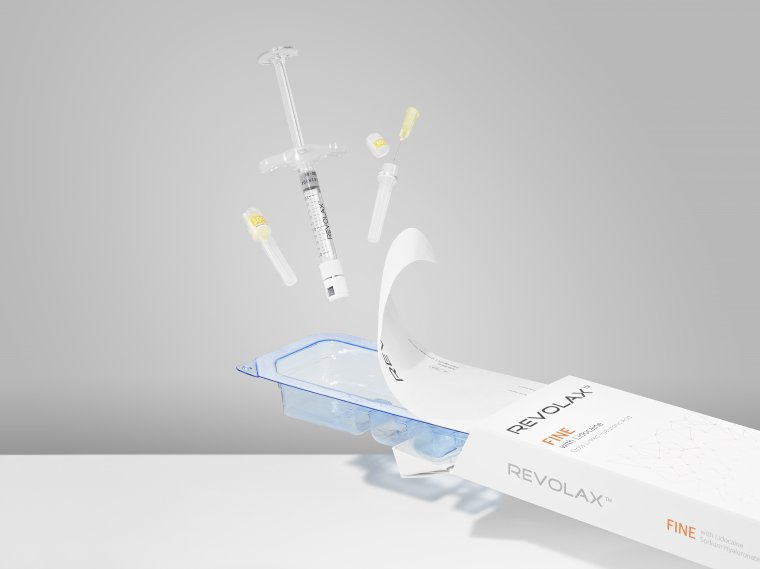
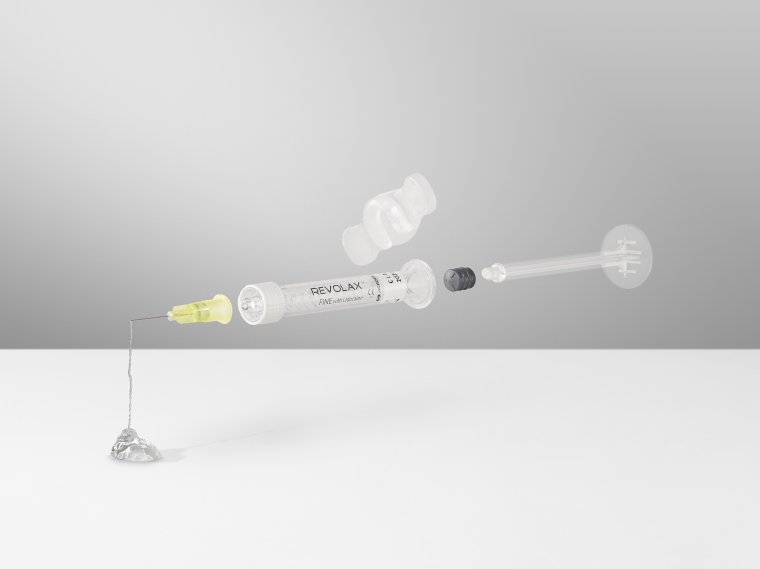
I’d say that it is my tripod actually. I could do a lot of my work with any camera given to me. But a lot of them are composites and I wouldn’t be able to produce them without keeping the camera in exactly the same place. Having said that, it is the one piece of kit I have never upgraded. And it is a bit flimsy with the PhaseOne on it! Definitely looking to upgrade to a Gitzo model soon though.
Having said all of that, it may sound like a bit of a cliche, but I have reached a point where I feel harmonious with all of my kit. I know what would happen if I changed the smallest part of a product shoot. I can visualize it. So really it is difficult to put a finger on one piece of kit in particular as they all work as one to create my images. And I would include myself in that unit. So maybe I am the most important piece of equipment?
I shoot product imagery mostly. More specifically, watches. I am branching out a little bit so that I can have a more varied portfolio. I feel this is important just while I am starting out. A broader portfolio will provide a greater potential for income. However, I really see myself as a high-end watch photographer in the future. If there is a release of a watch by one of the biggest watch brands, I want to be the person they call for the campaign photos. I love watches. So I just feel that my love and interest in them will be a massive advantage for me in the future when it comes to photographing them.
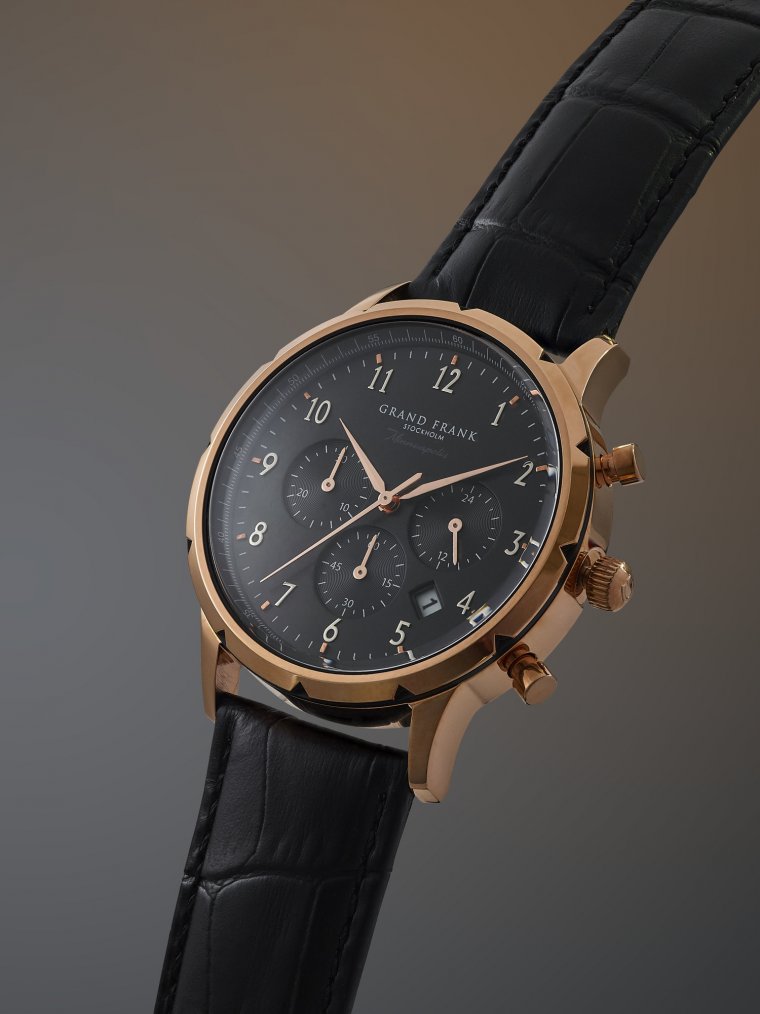 Are you a Full-Time Professional Photographer? If yes, can you describe how and when you started down that career path?
Are you a Full-Time Professional Photographer? If yes, can you describe how and when you started down that career path?Yes, I am now!
It seems a bit weird to say that after dreaming of it for so many years but I can finally say it. I have been building up to this point for a number of years now. But I decided to take it much more seriously about a year ago. Opening my studio marked the start of my professional career for me. I started putting myself out there more and contacting people. I completely changed my website and made a new one make it look much more professional.
Before this, I was doing work for free. Even though I hated doing that, I needed the experience and I needed the portfolio to be able to take to people and just built it up from there. To think of where I was to where I am now is actually a really proud moment for me. The best thing about it all now is people pay me to do something I love doing. Couldn’t ask for more really, could you?
I work with many different brands in different ways actually. Some will be a campaign for a new product. Some will be for a re-brand of themselves and they want me to inject a new and unique feeling into their brand.
I also create content for brands to post on social media. But even this is done in different ways. I spent a day in a workshop of a Jewelers recently just photographing everything that was going on. But I also photograph products in my studio as well for brands to post online too. It’s all varied at the moment, which I like because nothing is ever the same. Although I am definitely aiming to get into photographing products for magazines. I feel that the editorial look of product images are so much more ‘clean’ looking and just look so much more professional. Definitely my goal at the moment!
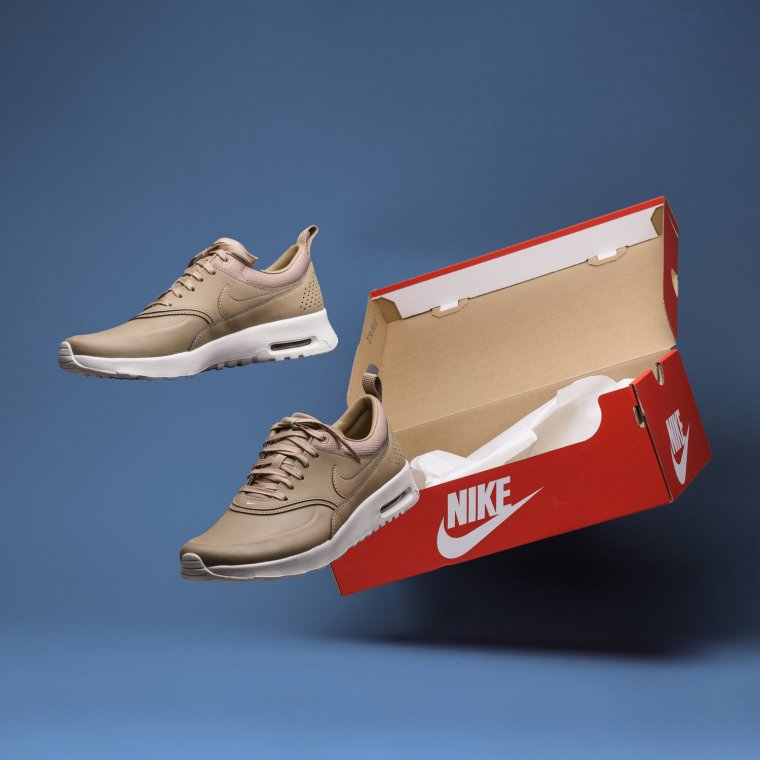
Initially, I sat down and just emailed a lot of people, while at the same time accepting that not many of them will want a photographer. It’s long and a bit tedious but if you get fifty people saying no and one says yes, well then you have got yourself a job.
You can write a template that is easy enough to personalize and then adjusts it to the different people you send it to. It looks much better than sending out a generic email that looks lazy and it isn’t interesting to a brand at all.
Recently though, more and more people have been approaching me which is such an awesome feeling. LinkedIn has been amazing for this. The reach you get on a post is huge compared to something like Instagram or Facebook. It is purely business on that site too, so people take you seriously and they aren’t there for ‘nice content’ or anything like that. They are there to do business and find professionals in an area of work that they are looking for. It’s been great!
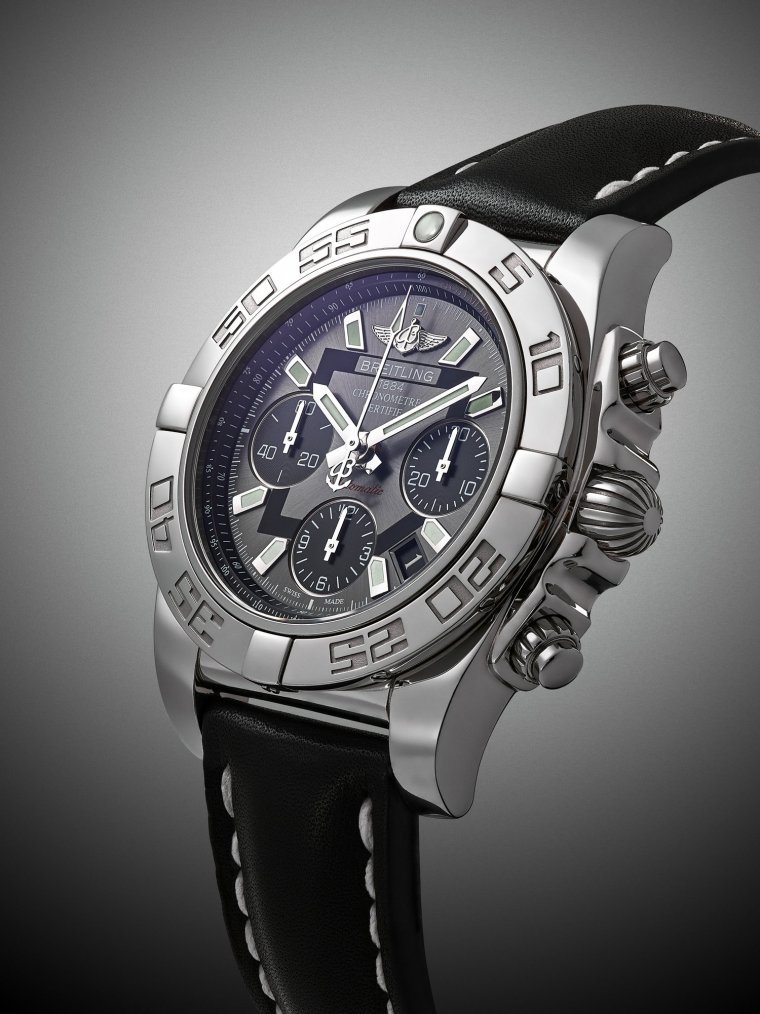
I have always had an interest in watches. This interest was hugely expanded when I sold them during my gap year and my first year of university. I would actually say that horology was verging on a passion of mine too now. Especially after all the work I have been doing over the past few years with watches. This interest in the world of horology has really helped me work on photographing them to the point where I have now started a sub-brand of myself called Horolograph. Through this brand, I produce content for companies to upload to social media. I started this, along with opening my own studio about a year ago, and it has been growing ever since.
My exploded watch movement concept was something I thought of over three years ago. I developed the idea of photographing a watch movement in a technical way to make it look as if it has expanded. I would often get many questions when I used to sell watches that were more expensive than the average ‘everyday’ watch. One of the questions I was asked on a regular basis was “why is it so expensive?”
The answer was sometimes due to the materials if there was gold included for example. But even if there was a precious material which added to the price, the answer was always because of how intricate and technical the movement was. Unfortunately, with a lot of watches, the movement is hidden from the owner behind a metal case. Sometimes there is a glass back but even in this case, the whole movement can’t be seen. I wanted to provide an image of the movement in a way that allowed the buyer to see each component. But there was nothing available for me to do so. As a result, I came up with the exploded watch movement concept.
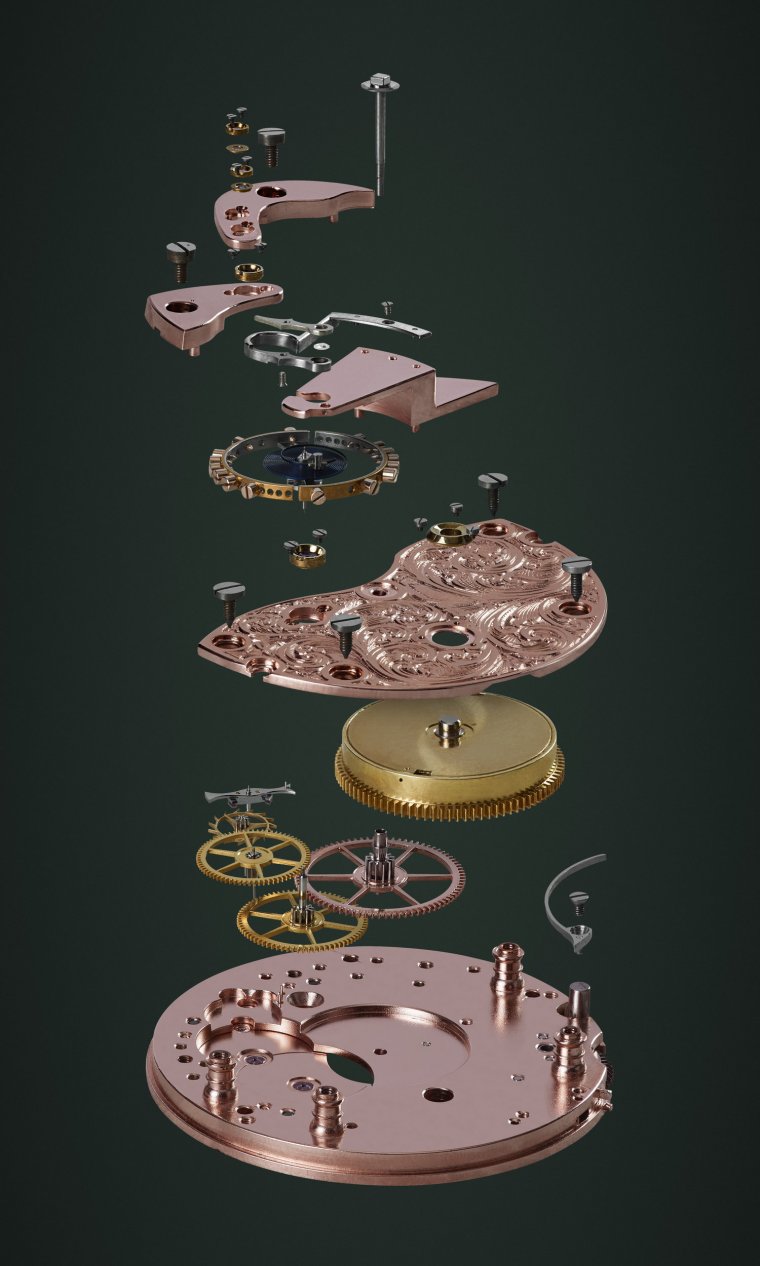
It always begins with a concept. I never start a shoot without a comprehensive idea. Ideas can develop on set, but you need to know what you are doing before you start. I start by researching the product and competitors. So that I know what I can do to make their product stand out from everyone around them. I recently have started sketching out my ideas too. This allows me to keep track of everything I want to do. I do have a good memory for creative ideas. But since my business has picked up and I am juggling multiple projects at the same time. As such, I have been noting down ideas and drawing them out.
From these drawings, I come up with a plan for a lighting set up. I feel that I have a natural skill for lighting and I can visualize what will happen with lighting before I do it. I am sure that people in the business for a while can do this, but I could do it basically from my first day in the studio. It just makes sense to me.
I then go into the studio and can spend a couple of hours setting it all up and then capture it. Having planned it all out though, I will probably spend about 10 minutes capturing the image and then I will move on to the next one if I am happy with it. I shoot with my Phase One tethered into the Capture One software running on my MacBook Pro. This enables me to see what I am capturing and make adjustments right away if needed.

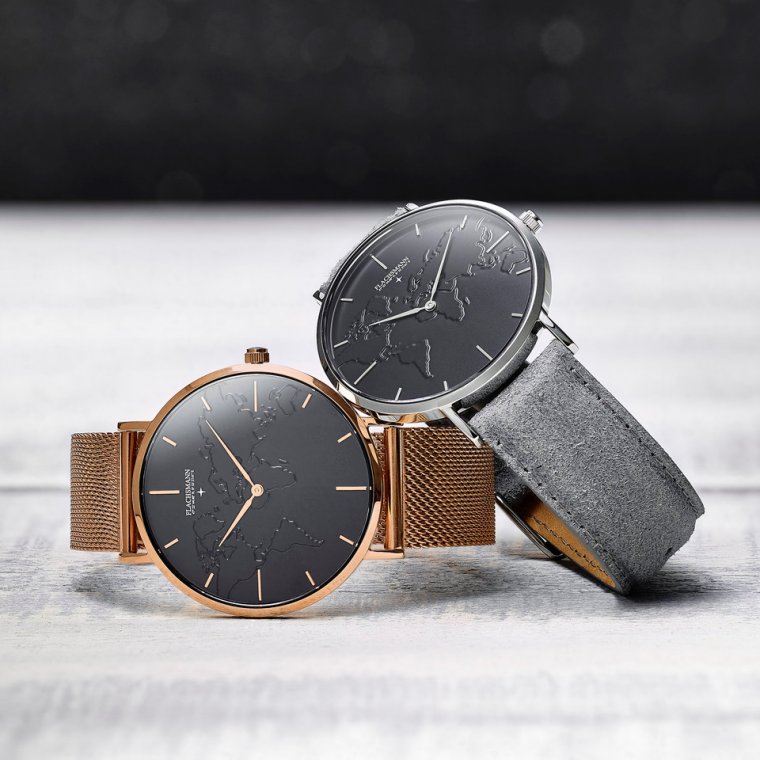
The images above illustrate a particular set up for a shot of two watches as well as the final produced image. Just a simple light set up. One that has been diffused from the back and one from the front. The two boxes on top of each other were for the silver faced watch. This to make sure that the hands were nicely filled in. The radiator was for the gold watch. It doesn’t matter what you use if it works! This was right at the start of owning my studio, I now have much more bits and bobs around the place to help me with this type of thing.
Focus on improving the style of my product images. I want to develop a style that will fit well in magazines and will make people want to commission me to work for them with products. I feel that by the end of 2019 my portfolio will be broader. A slightly wider range of products and the style will be more refined. Whatever anyone throws at me though will be tackled. I love a challenge and if it is a product I have not photographed before, then it is a good challenge!
Also, i want to expand my series of exploded watch movements. I think that there is a huge potential in this series and I want to really turn it into a full and continuing project for myself. Even though each one so far has taken between 30 to 40 hours each. Getting the movements is a tricky business!
Please feel free to add me on LinkedIn too! All links are on each page of my website, add a message to say you read this so I know who you are!
Comments (0)
There are no comments yet.